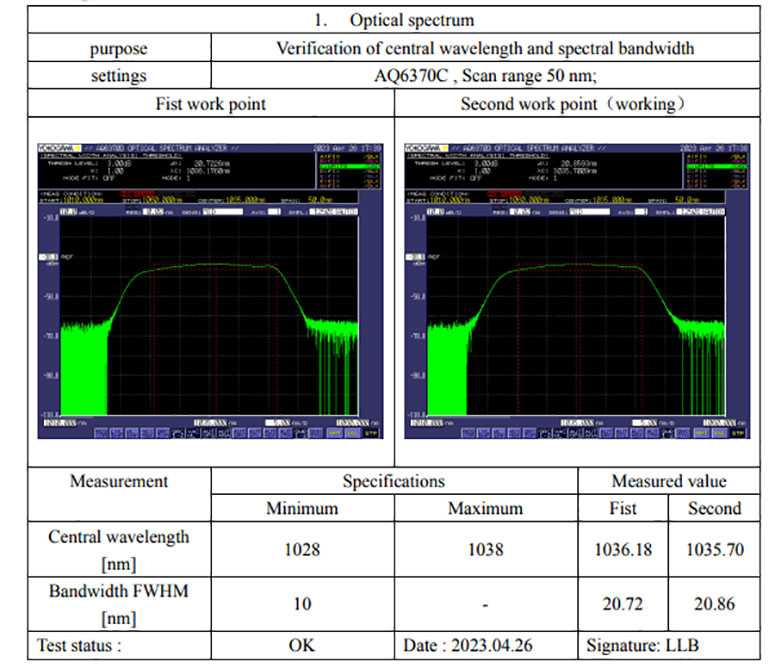
Have you ever wondered how scientists are able to manipulate matter at the atomic level? One incredible tool that enables such precision is the femtosecond pulse laser. With its ultrafast and intense bursts of light, this technology has revolutionized various fields of science and engineering.
The Basics of Femtosecond Pulse Laser

Femtosecond pulse lasers emit extremely short pulses of light, lasting only a few quadrillionths (10^-15) of a second. These pulses are so brief that they can capture phenomena occurring within femtoseconds, allowing researchers to observe processes that were once considered impossible to study.
One remarkable feature of femtosecond pulse lasers is their high peak power. By concentrating an enormous amount of energy into these ultrashort pulses, scientists can achieve intensities that surpass those found in traditional continuous-wave lasers by several orders of magnitude.
The Role of Seed Source
A crucial component in generating femtosecond pulses is the seed source. This initial light source provides a stable reference for amplification and subsequent manipulation by other optical elements. Commonly used seed sources include mode-locked lasers or frequency combs.
Mode-locked lasers produce ultrashort pulses through active modulation techniques, while frequency combs generate equally spaced spectral lines with precise timing relationships. Both methods ensure the generation of coherent and well-controlled femtosecond pulses necessary for scientific investigations.
Innovations with Optizone Technology
An exciting advancement in femtosecond pulse laser technology is Optizone Technology. This technique allows researchers to shape the spatial distribution and temporal profile of laser beams using adaptive optics systems combined with advanced algorithms.
By dynamically adjusting wavefront distortions and compensating for optical aberrations, Optizone Technology enhances the focusing capabilities of femtosecond pulse lasers. This breakthrough enables scientists to achieve even higher precision in material processing, microscopy, and laser surgery.
Conclusion
Femtosecond pulse lasers have revolutionized scientific research by providing unprecedented temporal resolution and intense light-matter interactions. With their ability to capture ultrafast phenomena and manipulate matter at the atomic level, these lasers have opened doors to new discoveries in physics, chemistry, biology, and beyond. As technology continues to advance, we can expect even more remarkable applications of femtosecond pulse lasers in various fields.

